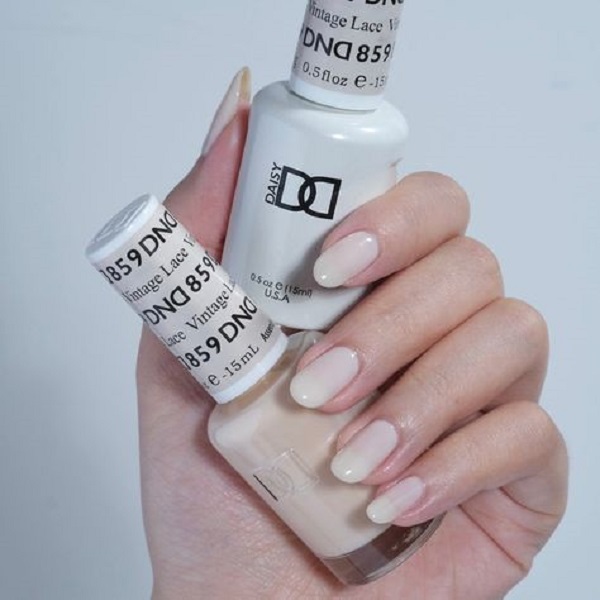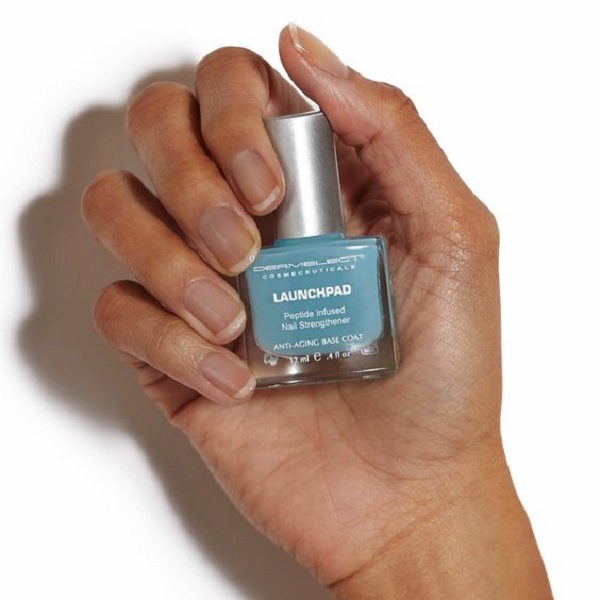The operating room (OR) is a meticulously controlled environment. It’s designed to minimize the risk of infection during surgical procedures. Every detail matters, from the surgical team’s attire to the equipment used. Even seemingly minor aspects, such as nail polish, are strictly regulated. Why no nail polish during surgery?
It might seem trivial, but nail polish is prohibited in the OR for several critical reasons. Let’s delve into the science and safety considerations behind this rule.
Infection Prevention: The Paramount Concern
Microbial Haven
- Nail polish, particularly chipped or peeling polish, can harbor bacteria and other microorganisms. These microbes can contaminate the surgical field and increase the risk of surgical site infections (SSIs).
Surgical Scrub Efficacy
- The surgical scrub is a rigorous hand hygiene procedure designed to remove transient and resident microorganisms from the hands and forearms. Nail polish can interfere with the effectiveness of the surgical scrub, creating a potential breeding ground for microbes.
Glove Integrity
- Surgical gloves are a critical barrier against infection. Nail polish, especially when chipped, can puncture or tear gloves, compromising their integrity and increasing the risk of contamination.
Patient Safety: The Ultimate Goal
Pulse Oximetry Accuracy
- Pulse oximetry is a non-invasive method used to monitor a patient’s blood oxygen saturation levels during surgery. Nail polish, especially dark colors, can interfere with the accuracy of pulse oximetry readings, potentially delaying the detection of hypoxemia (low blood oxygen levels).
Early Warning System
- Changes in nail color or the appearance of the nail bed can be indicative of underlying health conditions. During surgery, healthcare professionals closely monitor a patient’s vital signs, including nail bed color, to assess their overall health status. Nail polish can obscure these subtle changes, potentially hindering early detection of complications.
Professionalism and Standards
Adherence to Guidelines
- Healthcare facilities have strict infection prevention and control guidelines in place. These guidelines often include restrictions on nail polish in the OR. Adhering to these guidelines is essential for maintaining a safe and sterile surgical environment.
Professional Image
- Healthcare professionals are expected to maintain a professional appearance. Chipped or peeling nail polish can be perceived as unprofessional and may detract from the patient’s confidence in the surgical team.
The Bigger Picture: Beyond the OR
The restriction on nail polish extends beyond the OR. Healthcare professionals working in other clinical settings, such as intensive care units (ICUs) and neonatal intensive care units (NICUs), are also often required to refrain from wearing nail polish.

Alternatives and Considerations
While nail polish is off-limits in the OR, there are alternative ways for healthcare professionals to express their personal style. These include:
- Artificial nails: Short, well-maintained artificial nails are generally acceptable in the OR, as long as they do not interfere with hand hygiene or glove integrity.
- Nail art: Subtle nail art, such as small designs or decals, may be permissible, as long as they do not obscure the natural nail bed or interfere with patient care.
In conclusion, the restriction on nail polish in the OR is not arbitrary. It’s rooted in evidence-based practices and a commitment to patient safety. By adhering to this guideline, healthcare professionals can help ensure a sterile surgical environment and minimize the risk of complications.
Remember, in the OR, every detail matters. Even something as seemingly insignificant as nail polish can have a significant impact on patient outcomes.
Further Considerations and Frequently Asked Questions
While the primary reasons for prohibiting nail polish in the OR center around infection prevention and patient safety, there are additional nuances to consider. Let’s explore some frequently asked questions and delve deeper into the topic.
The Role of Nail Polish in Fungal Infections
Fungal Growth
- Nail polish, especially when applied to damaged or weakened nails, can create a moist environment conducive to fungal growth. Fungal infections of the nails, also known as onychomycosis, can be difficult to treat and may pose a risk of cross-contamination in the OR.
Surgical Scrub Limitations
- The surgical scrub, while effective against many microorganisms, may not completely eradicate fungal spores. Nail polish can act as a barrier, protecting fungal spores from the antiseptic agents used in the surgical scrub.
The Impact of Nail Polish on Anesthesia
Nail Bed Assessment
- Anesthesiologists rely on visual assessment of the nail bed to monitor a patient’s circulation and oxygenation during surgery. Nail polish can obscure the natural color of the nail bed, making it difficult to detect changes that may indicate complications.
Capillary Refill Time
- Capillary refill time (CRT) is a simple test used to assess blood flow to the extremities. It involves applying pressure to the nail bed and observing how quickly the color returns. Nail polish can interfere with the accuracy of CRT measurements, potentially delaying the detection of circulatory problems.

Acrylic Nails and the OR
Length and Maintenance
- While short, well-maintained acrylic nails are generally acceptable in the OR, long or elaborately decorated nails can pose a risk. They can interfere with hand hygiene, puncture gloves, and harbor microorganisms.
Nail Enhancements and Hygiene
- It’s crucial to ensure proper hygiene when wearing acrylic nails in the OR. This includes thorough cleaning and disinfection of the nails and surrounding skin before and after each surgical procedure.
Frequently Asked Questions
Can I wear clear nail polish in the OR?
- Even clear nail polish can harbor microorganisms and interfere with the surgical scrub. It’s best to avoid any type of nail polish in the OR.
What about gel nail polish?
- Gel nail polish is equally problematic in the OR. It can chip, peel, and interfere with pulse oximetry readings.
Are there any exceptions to the nail polish rule?
- In some cases, healthcare professionals may be allowed to wear subtle nail art or decals, as long as they do not obscure the natural nail bed or compromise patient care. However, it’s always best to check with your facility’s infection prevention and control guidelines.
Can I wear nail polish in non-surgical settings?
- While nail polish restrictions may be less stringent in non-surgical settings, it’s still important to maintain good hand hygiene and avoid chipped or peeling polish.

Nail Polish and Surgical Instruments
Chemical Interactions
- Certain chemicals found in nail polish, particularly those used in gel polishes, can react with the disinfectants and sterilization agents used on surgical instruments. These interactions can compromise the effectiveness of the sterilization process, potentially leading to instrument contamination.
Visual Inspection
- Surgical instruments undergo rigorous cleaning and sterilization procedures. Part of this process involves visual inspection to ensure the instruments are free of any debris or residue. Nail polish chips or flakes can resemble foreign material, potentially causing unnecessary delays or instrument rejection.
Conclusion
The prohibition of nail polish in the operating room is a complex issue with far-reaching implications. It’s a testament to the unwavering commitment of healthcare professionals to provide the safest and most effective care possible.
By understanding the multifaceted reasons behind this rule, we can appreciate the meticulous attention to detail required in maintaining a sterile surgical environment. It’s a reminder that even seemingly minor aspects, such as nail polish, can play a significant role in ensuring the well-being of patients undergoing surgical procedures.
As we move forward, it’s essential to remain open to new technologies and approaches that may further enhance patient safety and infection prevention. However, any changes to existing guidelines must be based on sound scientific evidence and a steadfast commitment to prioritizing the health and well-being of those entrusted to our care.
